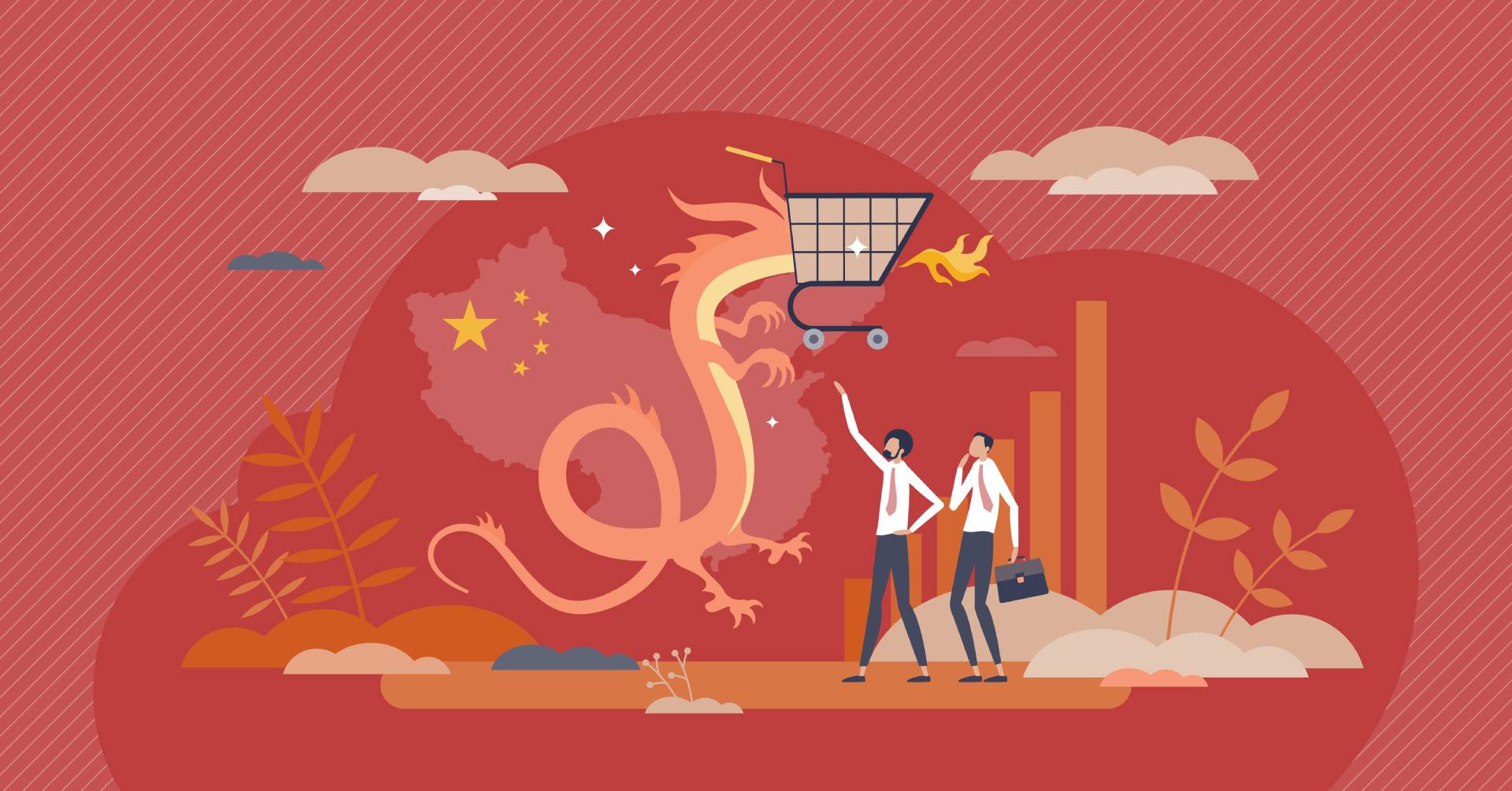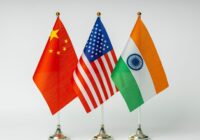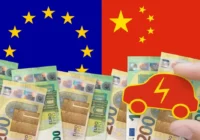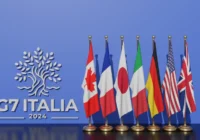In 1992 aged 87, Deng Xiaoping traveled to southern China. His only remaining formal role was chairman of the Chinese Contract Bridge Association, yet he was still the arbiter of China’s economic policy. At each stop, he promoted the market reforms he had launched as China’s paramount leader over a decade earlier. Economic historians tend to credit this trip as triggering the formation of China’s first private enterprises, but Deng was taking political ownership of what had already occurred in order to challenge the Chinese Communist Party’s (CCP) growing resistance to free market forces in Beijing. Today the Chinese economy is recovering, and contrary to most predictions (including earlier ones made in this publication) the Government is promulgating some effective new policies.
Six months ago, Beijing appeared flummoxed by the complexity of guiding the economy back to growth and stability. There was no mention of big reforms and only scant references to the private sector, with considerable focus instead on the state. This seems to have changed, and policies announced over the last eight weeks have the potential to facilitate stronger private sector expansion and confer greater autonomy on the provinces.
Beijing cannot lead Chinese entrepreneurs out of their present uncertainty and skepticism by policies alone; they must also relax some of the rules that constrain them.
Finance to fuel economic recovery
Having partially curtailed loan sharks and shadow banking schemes, Beijing now needs to fill the funding vacuums this has created for the private sector to expand significantly. Over the last two decades, the government has been slow in allowing the development of private retail and investment banks, and now when it needs private sector growth urgently, there are inadequate means to fund that growth. At USD 3 trillion, China’s shadow banking sector remains a systemic risk to the economy, but it is also a resource to be converted into a regulated, stable source of private lending and investment, for many of the institutions within it are already adequately managed and hedged. China’s lack of financial diversity and flexibility has inhibited its recovery from three years of COVID and the collapse of the property bubble, which have inflicted major costs on public confidence and finances.
Despite improved macroeconomic indicators in the industrial and service sectors, consumers are still feeling uncertain and overly cautious in their spending on everyday items, waiting for proof that asset prices are rising again.
We have good salaries and savings and most of us are in steady jobs. But I admit: although unemployment is not widespread, I have friends who have lost their jobs and know that many working for the state have had to accept pay cuts. This is making me feel a bit insecure. Everyone is buying cheaper products, even when it comes to essentials. Frugality seems natural in hard times. The middle class is supposed to be hundreds of millions of people, but many were not born into it, so remember some form of poverty. They are conservative. This is a factor behind China’s slow recovery.
— Manager of a private trading company in Shanghai
Global economists are hoping for the worst
Most leading global economists have written off the Chinese economy and forecast a long decline, on the assumption that China rose on the basis of an unsustainable growth model driven by non-market factors over recent decades and is paying for it now. Western commentators tend to view Chinese economic data through distorting political lenses. Chinese economic gains are often reported as ill-gotten and tools of coercion, while economic contraction is presented as evidence of inherent instability and political illegitimacy. Much commentary is more akin to war rhetoric than rational economic analysis. It is true that China’s present economic recovery will likely continue to be uneven and any growth incremental. The risk of setbacks due to administrative blunders and external factors is ever-present, there are deflationary trends in many sectors, but the current recovery has momentum, and the policy direction is encouraging.
In October, Chinese industrial value-added (net manufacturing gains) rose 22% and retail sales were 14% higher than in October 2019. Supply and demand are both expanding, and apart from the residential property sector, prices are stable. New residential property purchases are still down in China’s 20 top cities, while existing homes are being purchased at significant discounts. Buyers across China fear they will lose their deposits on new apartments if developers fail. If the government were to establish a real estate deposit insurance scheme, similar to that which exists in banking, buyers would have more confidence in the better, medium-sized developers.
The economy’s winter awakening
Beijing appears to be initiating good policies to spur small and medium enterprises (SME) growth in particular, and there are signs that provinces are being given more fiscal autonomy, allowing them to restore their finances beleaguered by the costs of fighting the pandemic and the collapse of property prices. The appearance of monolithic power projected by the CCP means outside observers often miss the fragmented nature of China and the degree to which the government generally rules more by consultation and compromise with local officials — particularly in the wealthier regions — than by fiat. There were more political checks and balances before President Xi Jinping’s era, but the scale and diversity of the Chinese economy today create an economic equilibrium of sorts. The messages from the leaders in China’s top 20 cities to policymakers appear to constitute a unanimous demand for the central government to pay attention to the private sector and not expect to drive reform and repair through state-owned enterprises (SOEs) as much as in the past.
Few governments today seem to be managing their country’s markets well — understandable given the world is recovering from one of the greatest shared economic calamities since the Great Depression.
Public confidence after crises tends to return gradually, often imperceptibly, as individuals overcome their fears and make ordinary economic decisions again, each influencing the other, until hope becomes a subtle, steadily rising tide. This shift is now palpable in China, not so much among the wealthy in the major cities where people have more to lose, but among poorer folk in lesser coastal towns and significantly in the interior cities and rural areas.
New engines of growth
Beijing has announced it will increase support for the private technology sector. Although Chinese state bankers will continue to favor lending to SOEs over riskier private enterprises in an effort to avoid making mistakes that might cost them their jobs, the impact of more flexible credit practices is already apparent. In late November, Xi visited the Shanghai Futures Exchange and a number of technology companies in an attempt to demonstrate the government’s priorities.
Adequately funded, the technology sector will become a significant driver of the economy, replacing some of the impetus previously supplied by the real estate sector. In the foreseeable future, the Chinese property sector will not return as a prime driver of the economy, and it must not become the forum for the reckless speculation of previous decades. In 2022, the tech sector grew 10% year-on-year, contributing 41% to China’s GDP. Year-on-year credit growth to SMEs could increase by as much as 20% by the spring of 2024.
Despite Washington’s embargoes on technology exports to China, Huawei developed a cutting-edge smartphone with chips supplied by a relatively obscure Shanghai company, Semiconductor Manufacturing International Corp — ironically blacklisted by the US in 2020. Huawei and other tech companies have demonstrated that trade restrictions designed to cripple have instead spurred a greater impetus to innovate and become more independent of global supply chains, faster than they would have aspired otherwise. From space stations to trans-oceanic fiber optic cables and fourth-generation fighter aircraft, China is matching and often exceeding its Western peers.
US tech companies are losing billions of dollars each year due to lost sales to China. US President Joe Biden’s conciliatory tone when meeting his counterpart Xi in San Francisco in November could well have been due in part to US tech companies lobbying Washington to ease sanctions.
Crisis is the mother of reform
The World Bank and the IMF are forecasting that China will achieve GDP growth in excess of 5% this year, recording the second-highest GDP in the world in 2023. Even with 4.5% GDP growth in 2024, it would be second only to India. China’s accumulated GDP growth over the last three years is approximately 20%, while US GDP grew by 7.7% and Europe by 3%. The fact that Chinese GDP growth will reach or exceed 5% this year without significant government stimulus should encourage foreign investors. They should, however, assess each sector carefully, as recovery will be patchy and there is little evidence that nationwide public trust in government will be restored soon. Confidence is especially low in cities like Shanghai which suffered stringent, extended lockdowns during the COVID-19 pandemic, and this in turn depresses household consumption. Consumption of nutritional supplements and quality food products in coastal cities is still strong, especially of imported premium-quality fruit, as the upper middle class remains willing to pay for established brands of reliable provenance.
Although some in the local government have speculated that Beijing will resort to subsidizing households if consumption does not recover by the spring, it is more likely to pay subsidies to companies expanding in key sectors enabling them to employ more people. Despite China’s communist past and the current administration’s commitment to poverty alleviation, there are no traditions of welfare as there are in the West. The government will invest less in poverty alleviation programs and infrastructure projects in the poorer central provinces over the next 12 to 24 months as it concentrates on the areas of the economy that can offer better short-term yields. Critical poverty alleviation programs will nevertheless continue, particularly where they support the improvement of agriculture.
I know this may sound selfish, but the government spent too much on developing western China in recent years. If they had focused more on the middle class in the coastal cities they would have achieved greater economic and social returns, and the economy would be stronger.
Hangzhou-based fund manager
There is some truth in critics’ assessments of China’s social investments, but over the past 50 years, most trickle-down economic strategies have failed. Beijing will focus its future fiscal reforms on coastal cities to restore middle-class citizens’ confidence in the system, but unless these are complemented by relaxing hukou (residency) reforms to allow greater internal migration — so rural workers can enjoy some of the benefits of urban life — they will only bring temporary prosperity and ultimately exacerbate the already large gap between rich and poor.
The views expressed in this article are the author’s own and do not necessarily reflect Fair Observer’s editorial policy.
Support Fair Observer
We rely on your support for our independence, diversity and quality.
For more than 10 years, Fair Observer has been free, fair and independent. No billionaire owns us, no advertisers control us. We are a reader-supported nonprofit. Unlike many other publications, we keep our content free for readers regardless of where they live or whether they can afford to pay. We have no paywalls and no ads.
In the post-truth era of fake news, echo chambers and filter bubbles, we publish a plurality of perspectives from around the world. Anyone can publish with us, but everyone goes through a rigorous editorial process. So, you get fact-checked, well-reasoned content instead of noise.
We publish 2,500+ voices from 90+ countries. We also conduct education and training programs
on subjects ranging from digital media and journalism to writing and critical thinking. This
doesn’t come cheap. Servers, editors, trainers and web developers cost
money.
Please consider supporting us on a regular basis as a recurring donor or a
sustaining member.
Will you support FO’s journalism?
We rely on your support for our independence, diversity and quality.










Comment